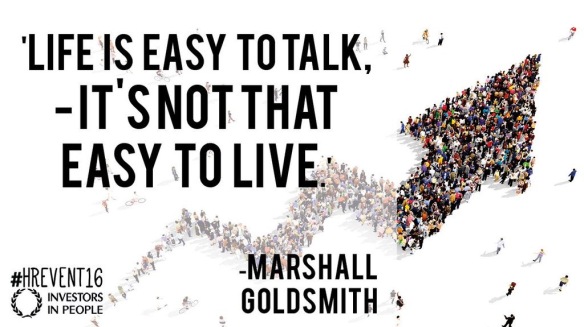 The first tweet I saw this morning was from Simon Heath. He was calling out that old staple ‘your employees are your greatest asset’.
The first tweet I saw this morning was from Simon Heath. He was calling out that old staple ‘your employees are your greatest asset’.
It is a statement that has become a cliché.
It’s also a cliché to say that actions speak louder than words. In the case of employees, it is most definitely true.
Anyone can say that employees are their greatest asset. In much the same way that anyone can come up with a generic list of values and put them on a website and into the corporate induction.
When it comes to leading people, words are just words.
Whether you really mean them is shown up in your actions, in the every day.
Putting aside the idea of employees as assets (something that I instinctively dislike), this is something you shouldn’t get to say unless you mean it.
If people are your greatest asset, don’t say it, prove it.
It should be evident in your recruitment practices, your people policies, the reward that you offer, the learning opportunities in place, in the actions of your leaders.
To anyone organisation that says people are their greatest asset, I would pose these questions:
- Do you pay the living wage?
- Do you offer flexible working?
- Do you go out of your way to create a great candidate experience?
- Do you have an induction that supports this statement?
- Do you invest heavily in your leaders so that they can bring this to life when it comes to leading their teams?
- Do you have a way to give people regular feedback on their performance – and I don’t mean a once a year appraisal.
- Do you have awesome internal communications?
- Do you offer people the freedom to do their best work?
- Do your people polices treat people and speak to them like they are adults?
- Do you invest in people’s development even when budgets are tight?
- Do you offer a range of rewards that are flexible and meet the individual needs of your employees?
- Do you treat your employees as well as you treat your customers?
As a minimum, if you can’t answer yes to these questions, then your actions don’t match your words. You are not treating people like they are your greatest asset.
So stop saying it.
Image by Simon Heath.



